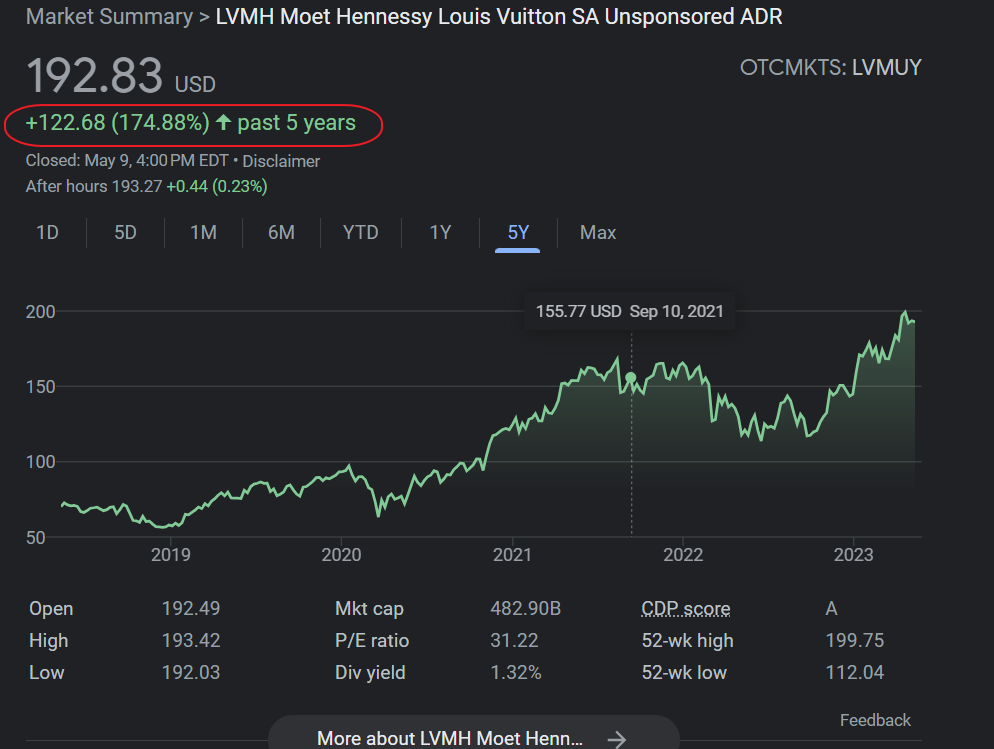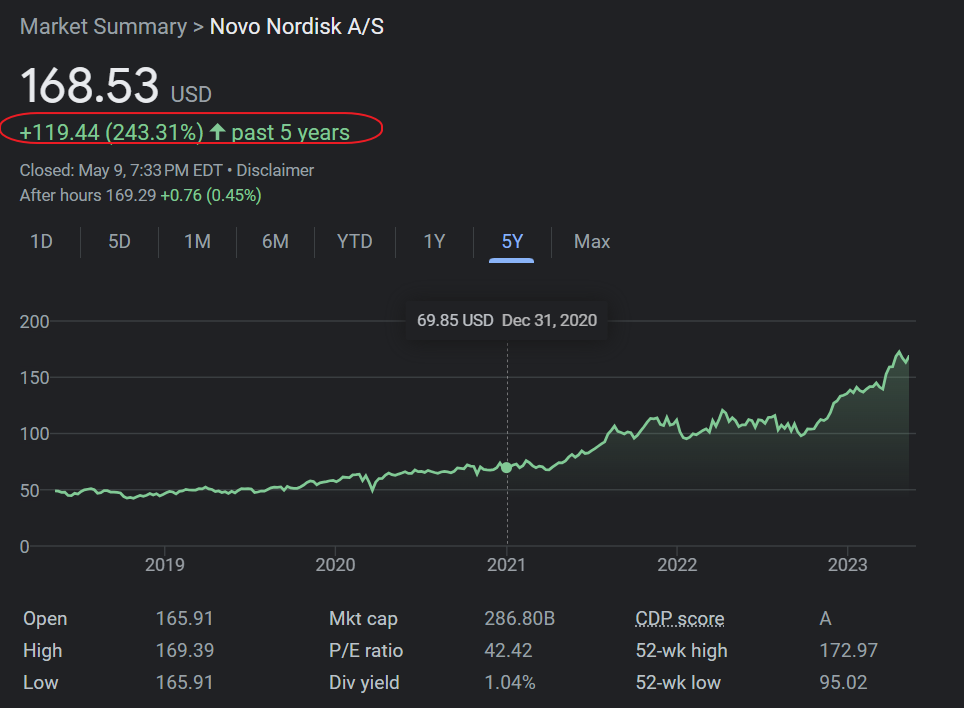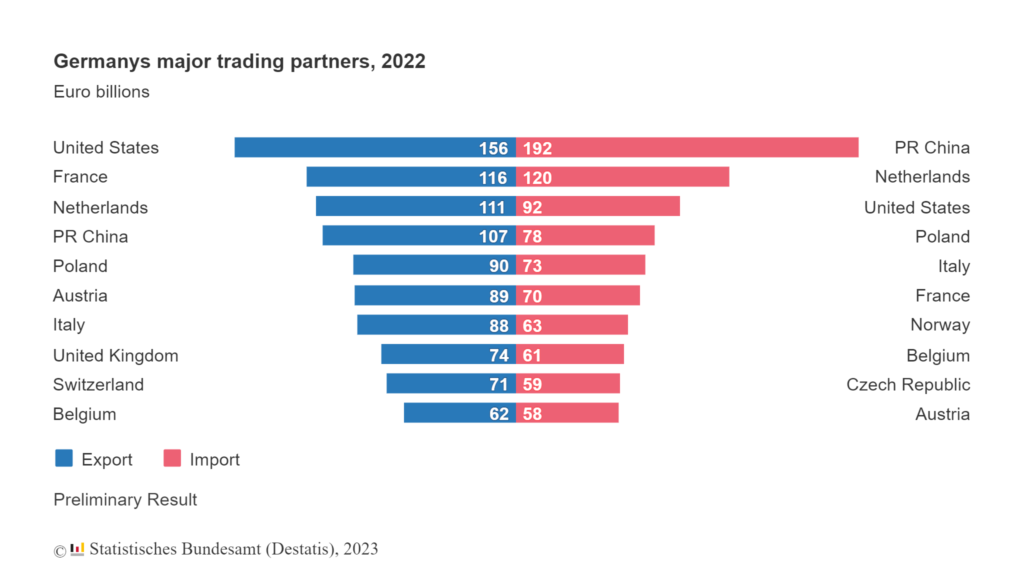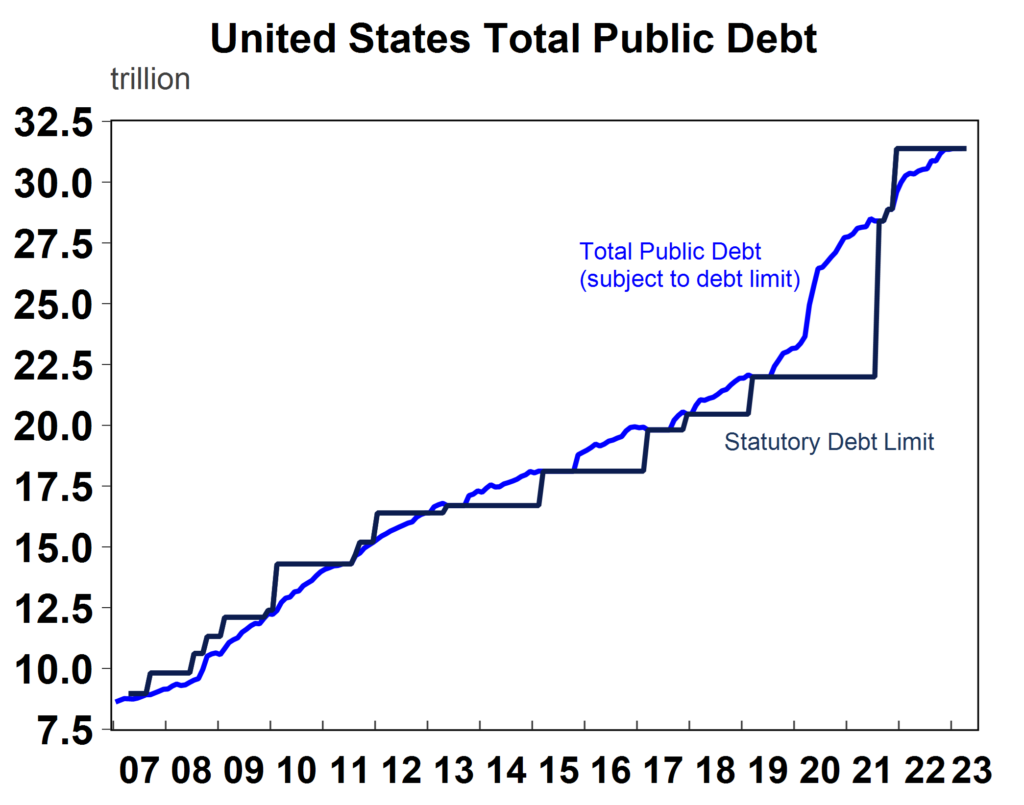The most valuable company in Europe based on market capitalization is the French luxury giant LVMH Moet Hennessy Louis Vuitton SE (LVMUY). Based in the ADR trading on the OTC market, the market cap was $482.5 billion as of yesterday. Below is a short profile of the firm:
LVMH Moet Hennessy Louis Vuitton SE is a France-based luxury group active in six sectors: Wines and Spirits, Fashion and Leather Goods, Perfumes and Cosmetics, Watches and Jewelry, Selective Retailing and Other Activities. Wines and Spirits owns brands, such as Moet & Chandon, Krug, Veuve Clicquot, Hennessy and Chteau d’Yquem, among others. Fashion and Leather Goods owns brands, such as Luis Vuitton, Christian Dior and Givenchy, among others. Perfumes and Cosmetics owns brands, such as Parfums Christian Dior, Parfums Givenchy Guerlain, Benefit Cosmetics, Fresh and Make Up For Ever, among others. Watches and Jewelry owns brands, including TAG Heuer, Hublo, Zenith, Bulgari, Chaumet and Fred, among others. Selective Retailing owns the brands DFS, Miami Cruiseline, Sephora and Le Bon Marche Rive Gauche, among others. Other Activities includes its acquisition of Pedemonte Group, a jewelry producer and the arts brands, such as Les Echos, Royal Van Lent, and Cheval Blanc
The stock is up 30% year-to-date. Over the past 5 years it has more than doubled as shown in the chart below:

Source: Google Finance
The second most valuable firm based on market cap is Danish drug giant Novo Nordisk A/S (NVO). It is a world leader in the treatment for diabetes (Ozempic). This drug is currently prescribe for treating obesity also. NVO stock has soared recently due to the extreme popularity of its obesity drug Wegovy.
The company has a market cap of $286.0 billion based on the ADR trading in the US market. Year-to-date the stock is up 23%. The 5-year return is an astonishing 243% as shown in the chart below:

Source: Google Finance
Disclosure: No positions


